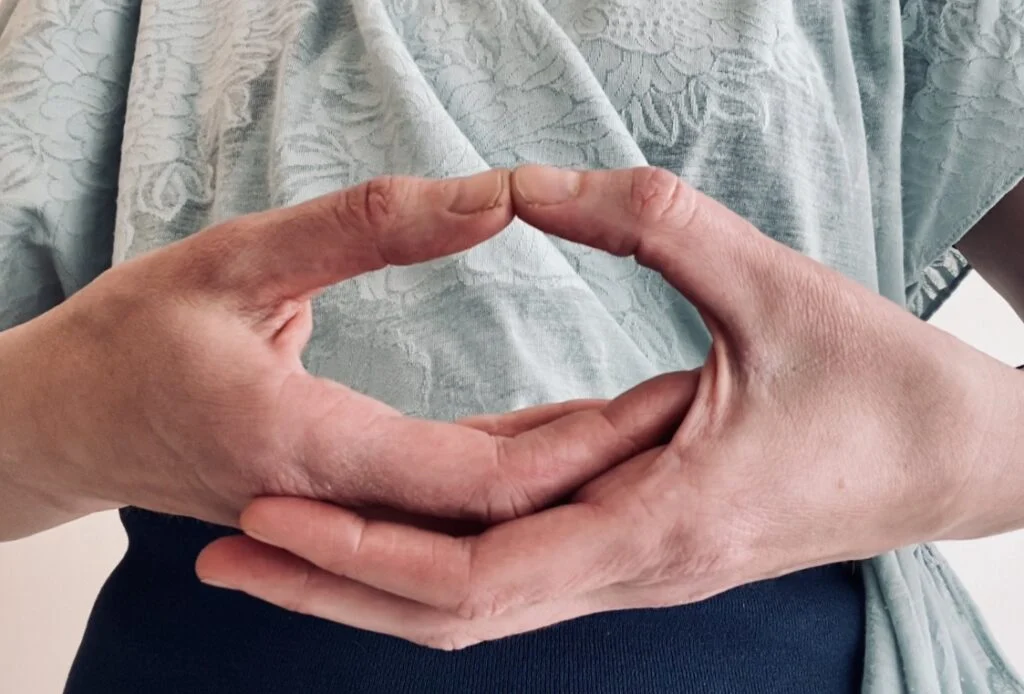
If you’re looking to add some variety to your meditation practice, or simply want to learn more about the role of mudras or finger poses for meditation, then you’ve come to the right place.
For those who may not be familiar, a mudra is a hand gesture or finger pose that is used in various spiritual practices such as meditation and yoga. These gestures are believed to have the power to alter the flow of energy within the body and mind, helping to enhance concentration and focus during meditation.
In this article, we will introduce you to 11 different mudras that you can use in your meditation practice. Each mudra has its own unique benefits and can be used to achieve specific goals such as relieving stress or increasing creativity. We will also provide step-by-step instructions on how to perform each mudra, as well as tips on when and how to incorporate them into your meditation practice.
We hope that this article will serve as a helpful resource for those looking to add some variety to their meditation practice and deepen their understanding of mudras. So, let’s dive in and explore the many benefits of incorporating finger poses into your meditation routine!
Powerful mudras or finger poses/gestures for meditation
1. Gyan Mudra
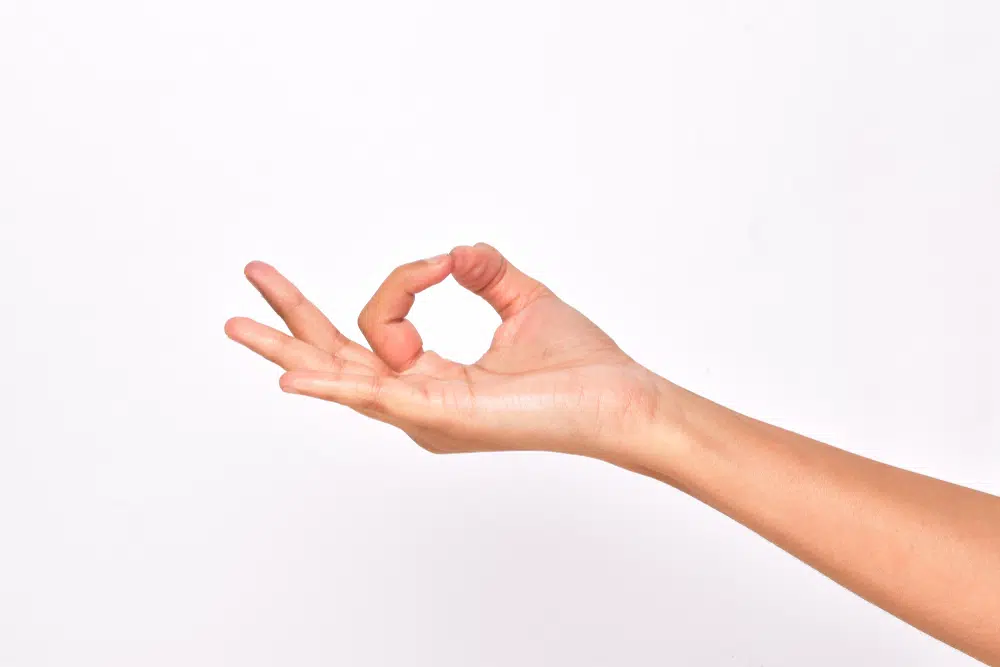
The Gyan Mudra is a popular hand gesture used in meditation and yoga practices. It is believed to improve concentration and sharpen memory, making it an ideal mudra for seeking knowledge and understanding. To perform this mudra, simply bring your index finger and thumb together, leaving the other fingers extended. This gesture represents the union of wisdom and knowledge and can be used to enhance mental clarity and focus during meditation.
Some practitioners also believe that the Gyan Mudra has the power to calm the mind and reduce stress and anxiety. It is often used in combination with deep breathing and visualization techniques to promote relaxation and inner peace.
If you’re interested in incorporating the Gyan Mudra into your meditation practice, you can try holding it for a few minutes at a time, gradually increasing the duration as you feel more comfortable. You can also try pairing it with other mudras or finger poses to enhance the benefits and create a more well-rounded meditation experience. Remember to keep your hand relaxed and comfortable, as any tension can distract from the meditative state. With practice and patience, the Gyan Mudra can become a powerful tool in your meditation practice.
2. Prana Mudra
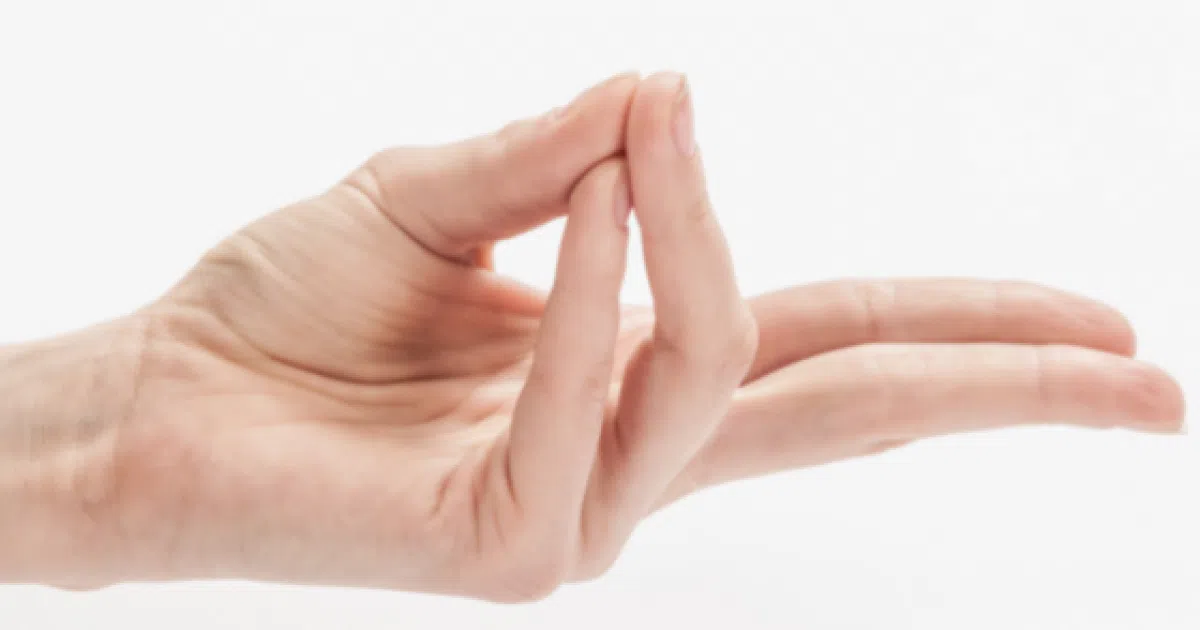
This mudra awakens and enlivens your personal prana, or vital life force, and helps you tune into the prana around you. It’s a powerful hand gesture that can be used in meditation to increase energy levels and improve overall health. This mudra is believed to have its roots in ancient India and is believed to activate dormant energy within the body.
To perform the Prana Mudra, you simply bring your ring finger and pinky finger to the tip of your thumb, while keeping your other two fingers straight. This gesture helps to awaken and enliven your personal prana, or vital life force and can help you tune into the prana around you.
The benefits of incorporating the Prana Mudra into your meditation practice are numerous. It is said to increase energy levels, boost the immune system, improve circulation, and promote overall health and wellness. This mudra can also be helpful for those who are feeling low on energy or experiencing fatigue, as it can help to revitalize the body and mind.
In addition to its physical benefits, the Prana Mudra is also believed to have a calming and balancing effect on the mind. It can help to reduce stress and anxiety and can promote a sense of inner peace and clarity.
3. Buddhi Mudra
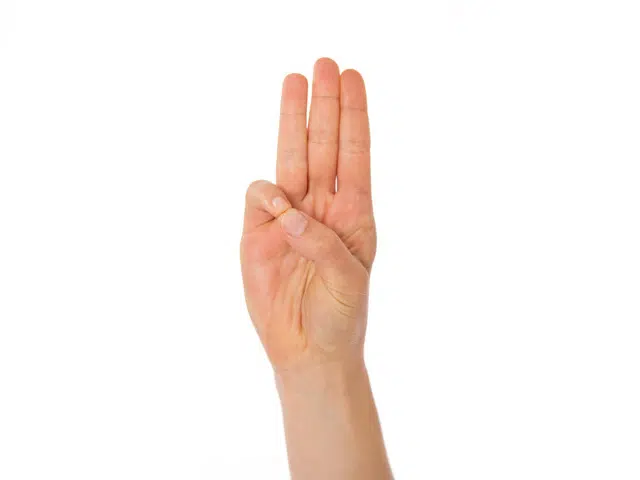
This mudra is used for mental clarity and understanding intuitive messages from the subconscious. This mudra is believed to have originated in ancient India and is often used in yoga and other Eastern practices.
To perform the Buddhi Mudra, simply bring your thumb to your pinky finger, while holding your other three fingers straight. It is important to keep your fingers relaxed and not strained during this mudra. This gesture can be held for a few minutes or longer, depending on your preference and the length of your meditation practice.
The benefits of incorporating the Buddhi Mudra into your meditation practice include improved communication, enhanced intuition, and increased mental clarity. It can also be helpful in understanding messages from your dreams or meditations that may be puzzling to you.
In addition to its spiritual benefits, the Buddhi Mudra has been shown to have physical benefits as well. It can help to improve blood circulation and reduce stress and tension in the hand and wrist muscles.
4. Apana Mudra
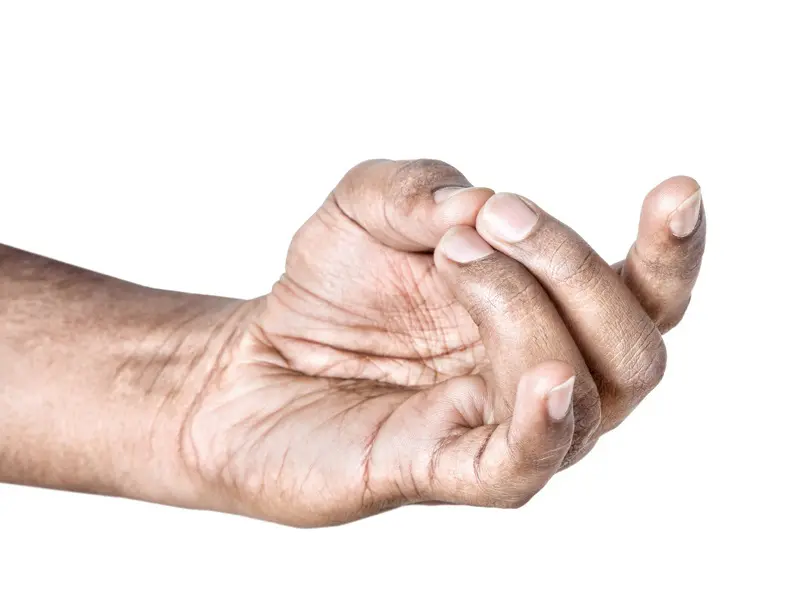
The Apana Mudra can be used during meditation to aid in mental or physical digestion and eliminate waste material from the body. It is believed to have its roots in ancient Indian practices and is often used as a way to improve overall health and well-being.
To perform the Apana Mudra, simply bring your second and third fingers to your thumb. The exact position of the fingers may vary depending on the tradition you are following, but in many depictions, this mudra is performed by bringing the middle and ring finger to the tip of the thumb.
In addition to its physical benefits, the Apana Mudra is also thought to be useful in mental and emotional digestion, helping you to release negative energies or outside influences that may be causing stress or anxiety. This can be especially useful during meditation, as it can help you to find greater clarity and focus in your practice.
5. Hridaya Mudra
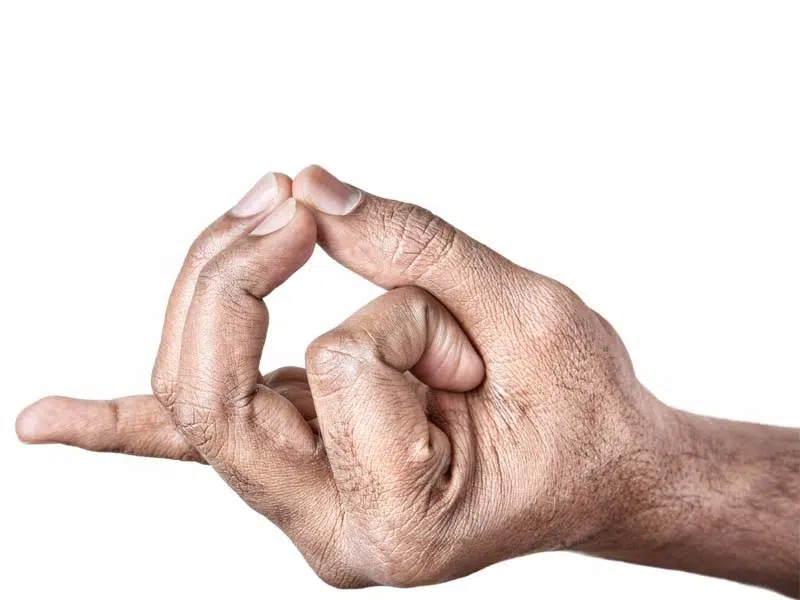
The Hridaya Mudra is used for calming the mind and relieving stress and anxiety. To perform this mudra, you simply need to place your hands on your knees with the palms facing upwards and the fingers extended. This simple gesture can help to bring a sense of relaxation and inner peace, making it an excellent choice for those looking to reduce stress and quiet the mind during meditation.
There are several theories as to why the Hridaya Mudra is so effective at calming the mind and reducing stress. Some experts believe that this mudra activates certain energy points within the body, helping to balance and harmonize the flow of energy. Others believe that the physical act of placing the hands on the knees helps to ground the body and mind, bringing a sense of stability and focus.
Regardless of the exact mechanism behind its effectiveness, the Hridaya Mudra is a powerful tool for those looking to enhance their meditation practice. It can be incorporated into any meditation routine and is suitable for both beginners and advanced practitioners. So, if you’re looking to add some relaxation and inner peace to your meditation routine, give the Hridaya Mudra a try!
6. Shuni (or Shoonya) Mudra
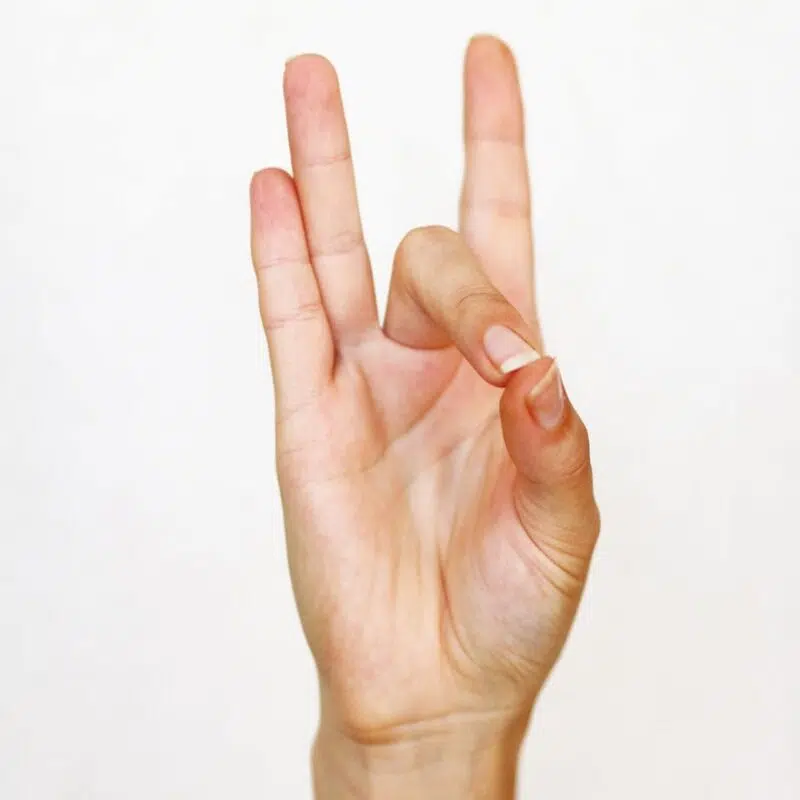
The Shuni (or Shoonya) Mudra hand pose is commonly used in meditation practices, particularly those with roots in Hindu and Buddhist teachings. This mudra is known for its ability to improve intuition, alertness, and sensory powers, as well as purify emotions and thoughts.
To perform this mudra, you will need to bring the tip of your middle finger to the tip of your thumb, while keeping your other three fingers straight and relaxed. Some practitioners recommend focusing on your breath while holding this mudra, as it can help to cultivate a sense of inner stillness and calm.
In addition to its benefits for meditation, the Shuni Mudra is also believed to have a number of other positive effects on the mind and body. It is said to help improve focus and concentration, as well as reduce stress and anxiety. Some people even claim that it can help to improve overall health and well-being.
If you are looking to incorporate the Shuni Mudra into your meditation practice, it is important to be consistent and patient. Like any other form of meditation, it may take some time to see the full effects of this mudra, but with consistent practice, you may find that it becomes an integral part of your daily routine.
7. Dhyana Mudra
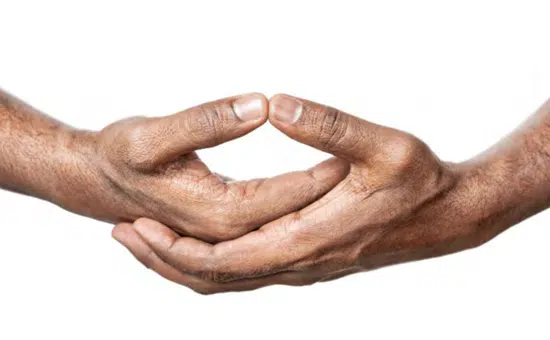
The Dhyana Mudra is believed to help bring you into deeper, more profound states of concentration and inner peace.
To perform the Dhyana Mudra, simply sit with your hands facing upwards, your right hand resting on top of your left palm. The right hand, representing enlightenment and higher spiritual faculties, rests over the left hand, representing the world of Maya, or illusion. Some people choose to place their hands on their knees or on their lap, while others prefer to rest them on a cushion or mat.
It’s important to keep your fingers extended and relaxed when performing the Dhyana Mudra. Some people find it helpful to gently press their fingertips together to create a sense of unity and connection.
While the Dhyana Mudra is often associated with meditation, it can also be used in other spiritual practices such as yoga or mindfulness. Many people find that incorporating this mudra into their daily practice helps them to cultivate a sense of inner peace and clarity, and to connect more deeply with their inner selves.
8. Ganesha Mudra
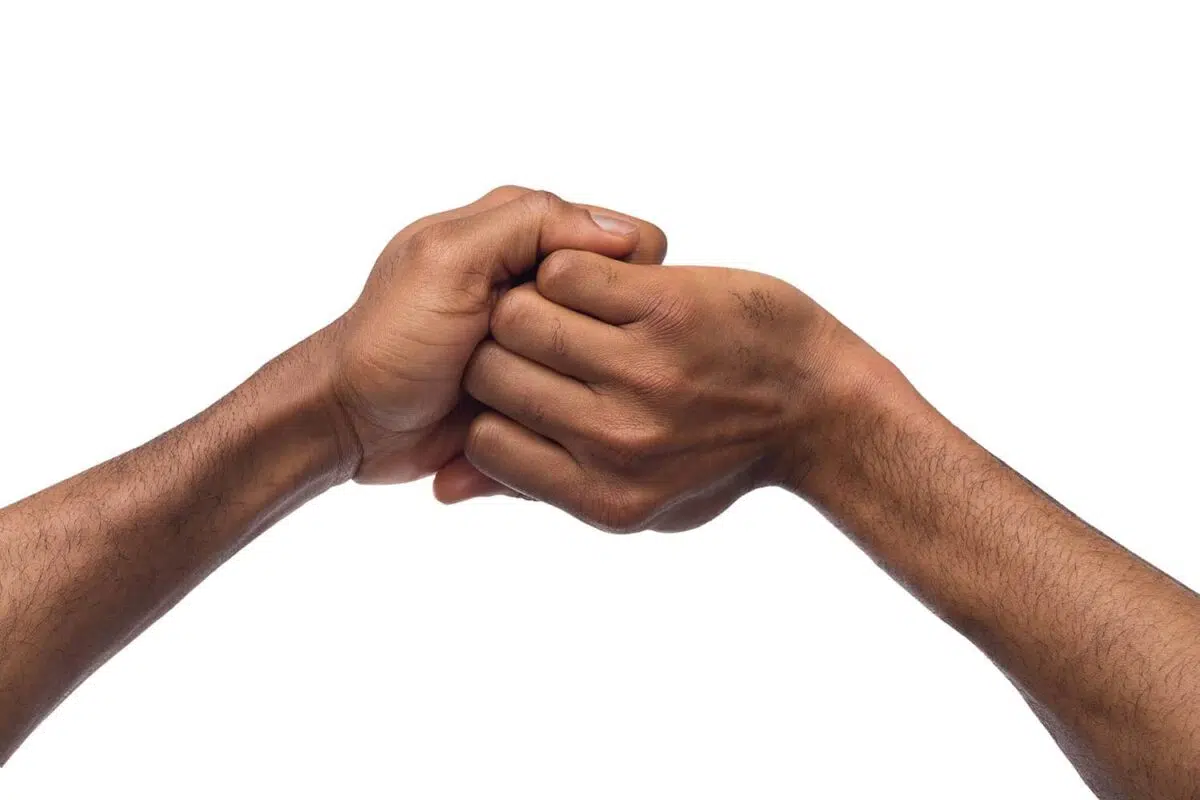
Named after the Hindu deity Ganesha, who is known as the remover of obstacles, this mudra is used in meditation to help relieve yourself of all types of obstructions in your life and regain positivity and courage. It can be particularly useful when facing challenges or difficult situations.
To perform the Ganesha Mudra, you will need to touch the tips of your index and middle fingers to the tip of your thumb, while keeping your other two fingers straight. You can do this mudra with both hands or just one hand, depending on your preference.
One of the benefits of this mudra is that it helps to balance the energy in your body and mind. It can also improve focus and concentration, which can be helpful when meditating.
To incorporate the Ganesha Mudra into your meditation practice, you can simply hold the mudra while you sit in your usual meditation position. You can also try pairing it with a mantra or visualization to enhance its effects.
9. Surya Mudra
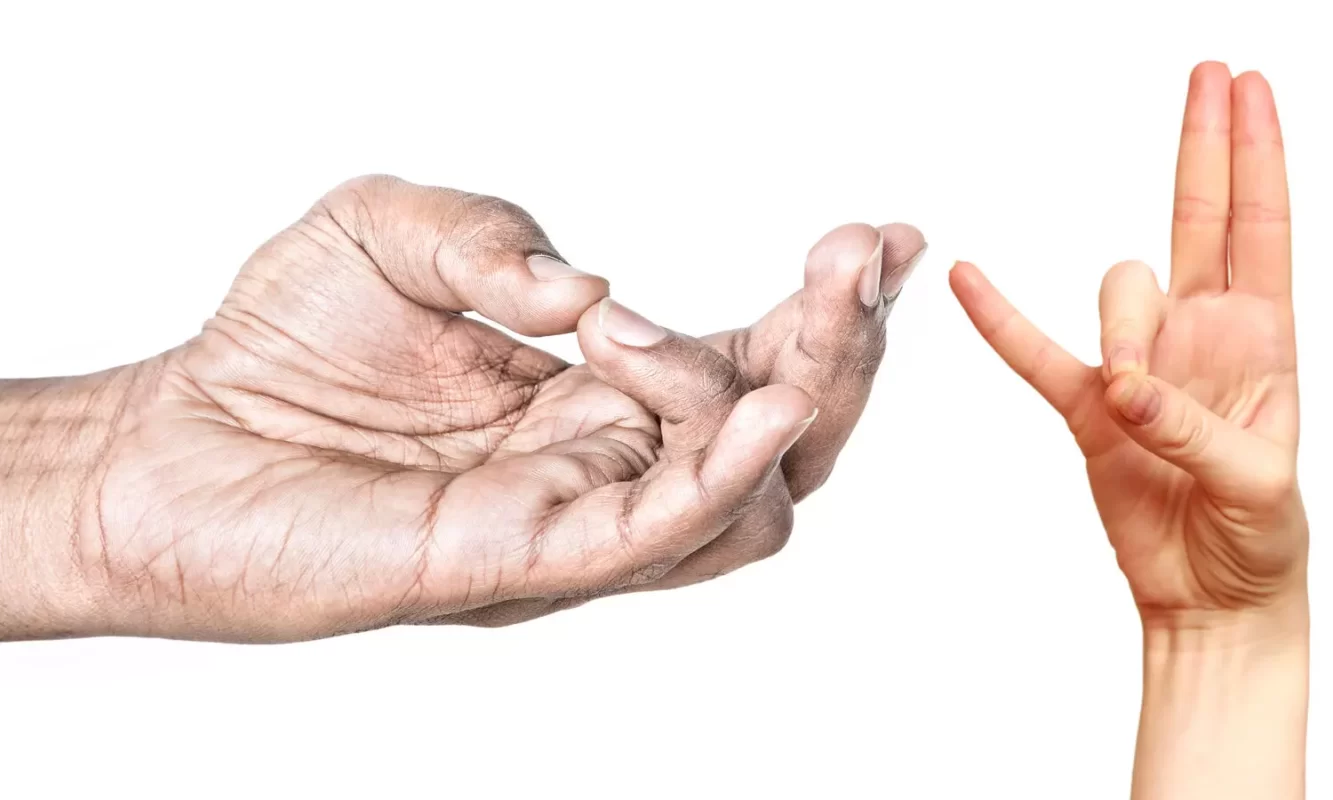
The Surya mudra is believed to have the ability to increase the solar or fire element within the body, which can have numerous benefits for both physical and mental health.
To perform this Mudra, you will need to bring your ring finger to the base of your thumb. You should keep your other three fingers straight, without stressing the hand. This gesture is often held for an extended period of time, as it is believed to have a cumulative effect on the body and mind.
One of the main benefits of the Surya Mudra is its ability to improve metabolism and digestion. It is believed to help stimulate the digestive system and increase metabolism, which can help with weight loss and overall health. This mudra can also be useful for reducing heaviness in the body and warding off colds, as it is believed to increase core body temperature.
In addition to its physical benefits, the Surya Mudra is also believed to have a positive effect on the mind. It is said to increase motivation, confidence, and determination, as well as improve focus and concentration. Some practitioners even claim that Surya Mudra can help to improve creativity and problem-solving abilities.
If you are interested in incorporating this mudra into your meditation practice, it is important to be consistent and patient, as it may take some time for the full effects to be realized. So, give it a try and see how it can benefit you on your journey to greater health and well-being.
10. Matsya Mudra
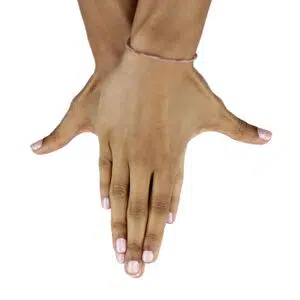
The Matsya Mudra is used to increase creativity and improve problem-solving abilities. To perform this mudra, you will need to touch the tip of your little finger to the tip of your thumb, while keeping your other three fingers straight.
This mudra is believed to tap into the energy of the element of water, which is associated with creativity, intuition, and emotion. By focusing on this mudra during meditation, you can help to enhance your ability to think outside of the box and come up with creative solutions to problems.
One way to incorporate the Matsya Mudra into your meditation practice is to begin by finding a comfortable seated position and closing your eyes. Take a few deep breaths to ground yourself in the present moment. Then, bring your hands to your lap and form the Matsya Mudra by touching the tip of your little finger to the tip of your thumb. You can rest your hands on your knees or place them in your lap, whichever feels more comfortable for you.
As you hold the Matsya Mudra, try to focus your attention on the sensation of your little finger and thumb touching. You can also bring your awareness to the breath, noticing the flow of air in and out of your body. If your mind wanders, gently bring it back to the sensation of the mudra and your breath.
You can hold the Matsya Mudra for as long as you like during your meditation practice. Some people find it helpful to set a timer for a certain amount of time, while others prefer to simply hold the mudra until they feel ready to release it. Regardless of how long you hold the mudra, the key is to be present and focused in the moment.
11. Jnana Mudra
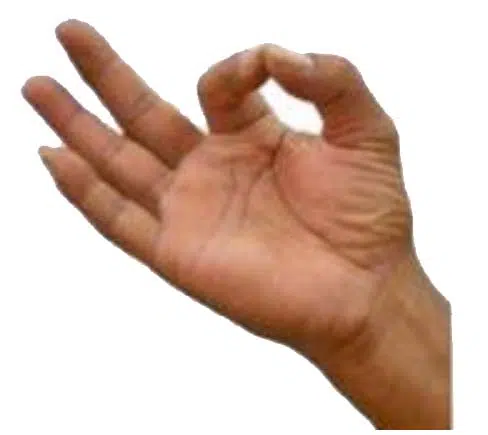
The Jnana Mudra is a hand gesture or finger pose that is often used in meditation and other spiritual practices. It is believed to have the power to alter the flow of energy within the body and mind, helping to enhance concentration and focus during meditation.
To perform the Jnana Mudra, you simply need to bring your thumb and index finger together, leaving the other fingers extended. This gesture symbolizes the union of wisdom and knowledge, and is said to help improve concentration, mental clarity, and focus.
In addition to its benefits for meditation, the Jnana Mudra is also believed to have numerous other benefits. Some people use it to help with decision-making and problem-solving, while others use it to improve their memory and cognitive abilities. It is also thought to have a calming and centering effect on the mind and body, making it a useful tool for stress management and relaxation.
In conclusion, mudras or finger poses are an important and powerful tool for enhancing your meditation practice. No matter what you are looking to improve – concentration, increase energy levels, or simply add some variety to your routine, there is a mudra that can help you achieve your goals.
From the Jnana Mudra for wisdom and knowledge to the Bhairava Mudra for stability and grounding, there is a wide range of mudras to choose from, each with its own unique benefits and purposes. By incorporating these hand gestures into your meditation practice, you can deepen your focus, improve your overall well-being, and connect with your inner self in a more meaningful way.
If you are interested in exploring the many benefits of mudras for meditation, be sure to check out our meditation products on our website. From meditation cushions and malas to precious stones and more, we have everything you need to take your meditation practice to the next level.

